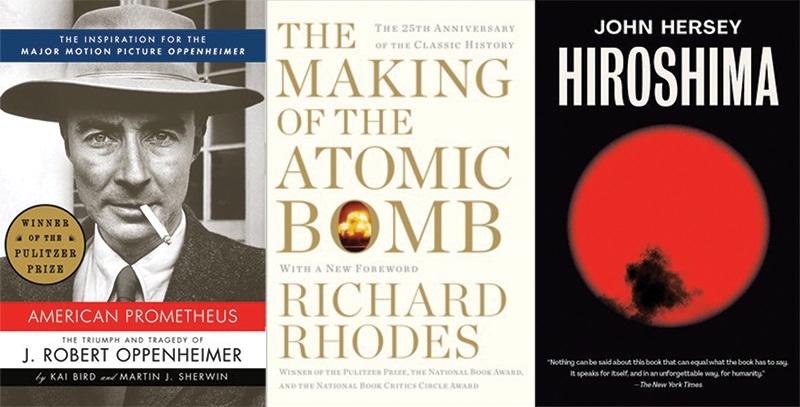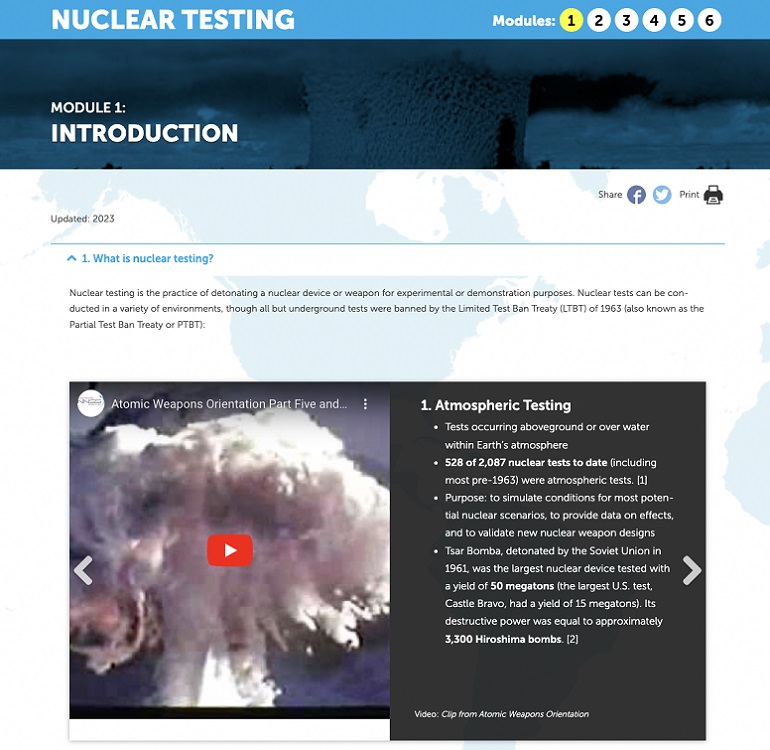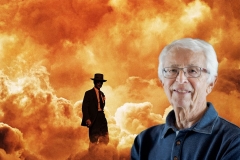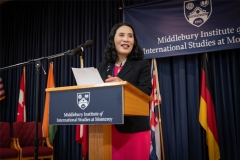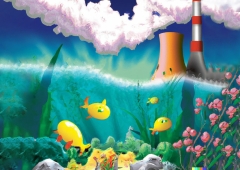Oppenheimer’s Successor Weighs In on the New Film
| by Sierra Abukins
Sig Hecker held the same job as Oppenheimer 40 years later—director of Los Alamos Laboratory. Speaking with Institute students, he reflected on the film and its relevance today.

